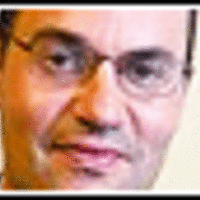Should New York scrap its nuclear power plant?
Loading...
Economists view products as bundles of attributes. Put simply, what is a car? If all cars are the same, why does a Mercedes cost 3 times as much as some Toyota? The answer is that the typical Mercedes has bundled into it high quality attributes and consumers are willing to pay a price premium for this bundle. In the case of electricity, is it a differentiated product or is a kilowatt a kilowatt? In the later case, buyers should just seek the lowest price.
But, as this article highlights , in New York City there is a deep debate about the electricity generation source. If its source is nuclear, is it bad? If Gov. Cuomo scraps the nuclear plant and its capacity is replaced by a higher polluting natural gas plant and if these emissions end up in Harlem, is that bad? The economic geography of where people live relative to where dirty power plants are has been a topic that I've written about. Don't forget this classic 2009 RSUE paper!
In case you are lazy, here is the abstract:
Coal fired power plants emit high levels of air pollution per unit of power generated. A comparison of emissions factors (pounds of emissions per megawatt hour of power generation) based on year 2004 data reveals that the average coal fired power plant emits six times as much nitrogen oxide and more than twelve times as much sulfur dioxide as the average non-coal fired power plant. This paper uses data on the population of all electric utilities in the United States and evidence on population growth across regions to document that; pollution levels are higher in counties with coal fired plants, and that the population is moving away from regions such as the Midwest where the dirtiest coal fired power plants are located. Population growth is taking place in the South and West. Especially in the Western region, the power plants are newer and cleaner and less likely to be coal fired. In the South and West, population growth has a smaller impact on power plant emissions growth than in the Northeast and Midwest.






